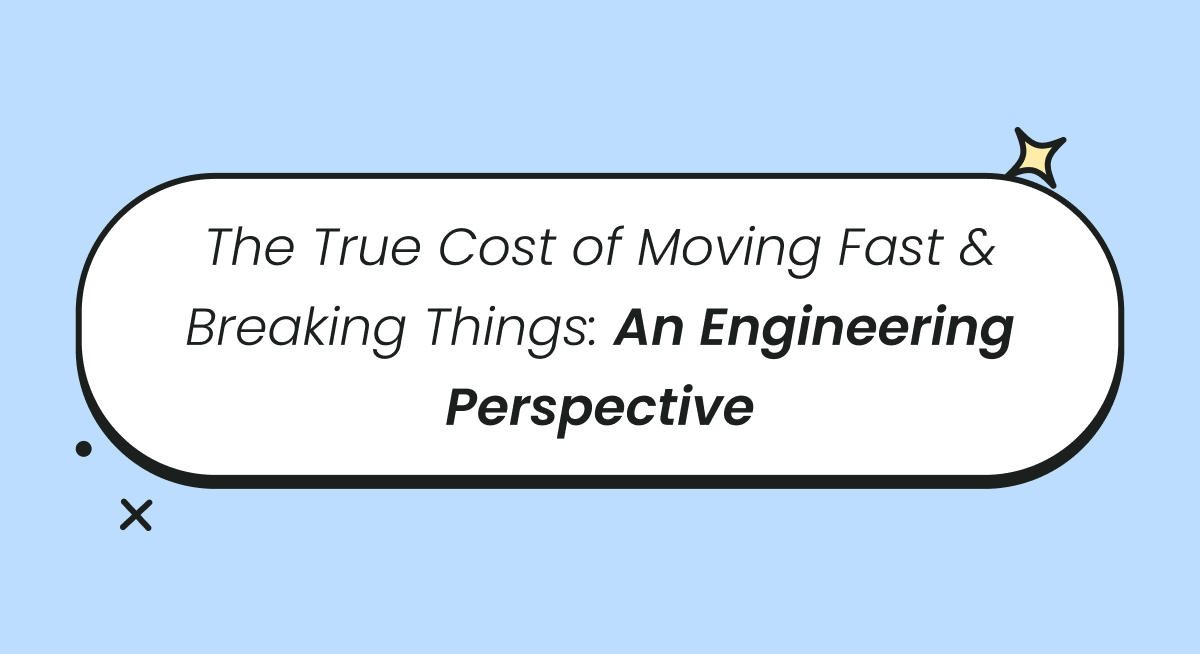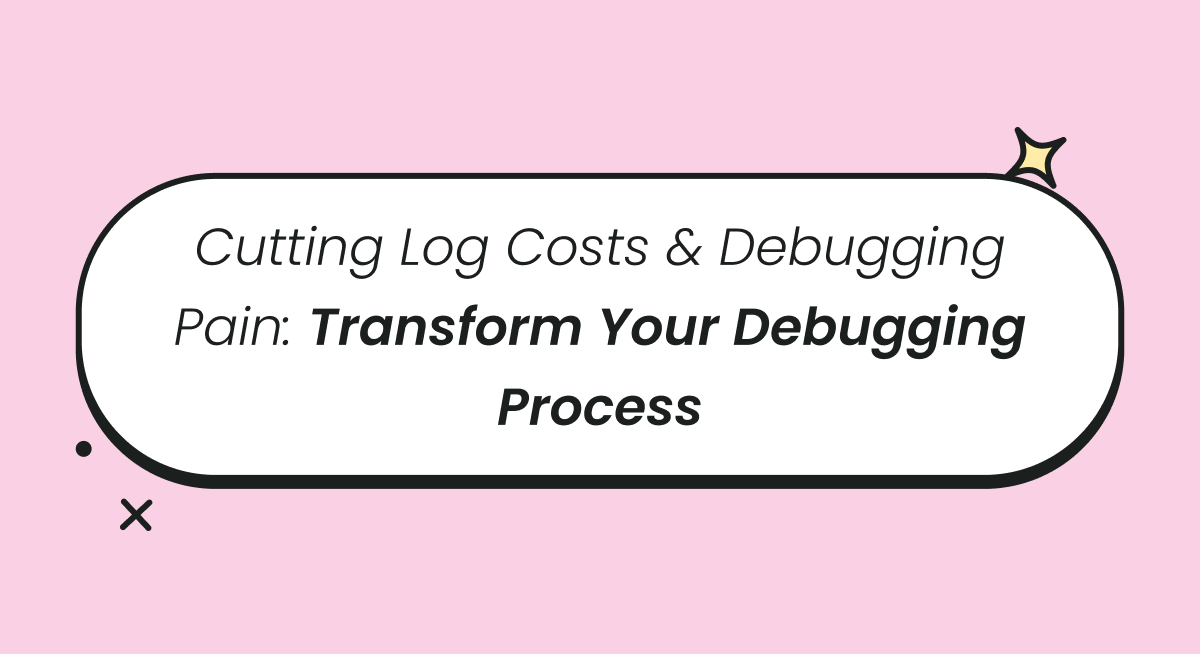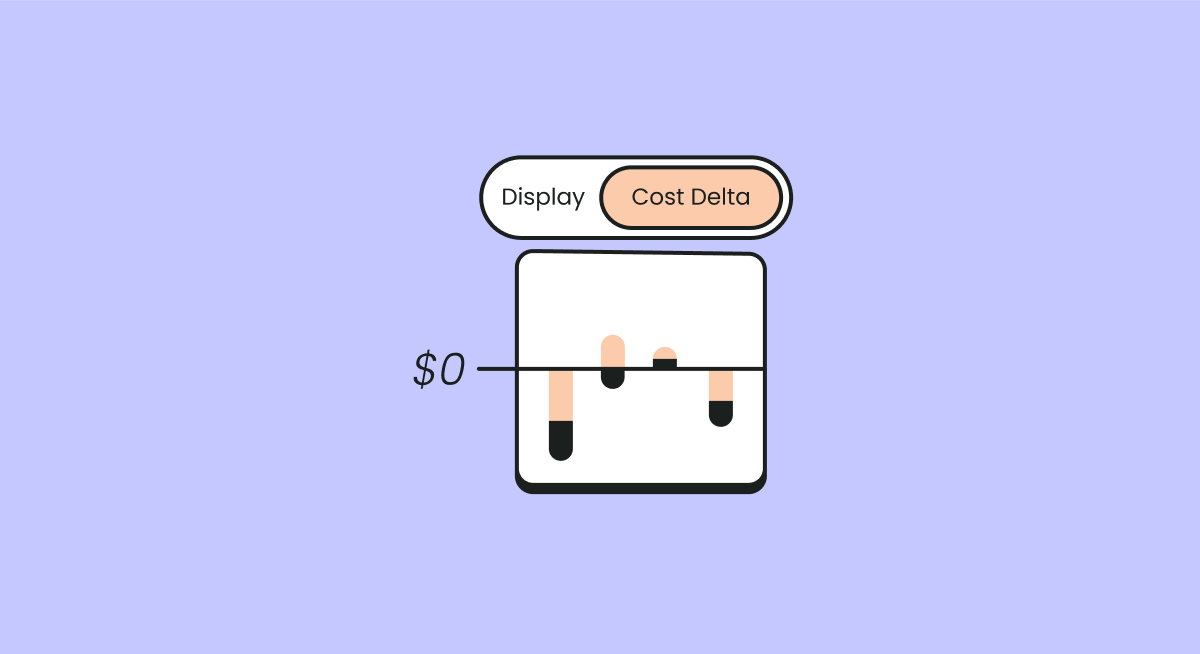
Spot instances are a cost-effective option within Amazon Web Services (AWS) that allows users to bid on spare EC2 compute capacity. These instances can be up to 90% cheaper than regular on-demand instances, making them an attractive choice for workloads that are flexible and can handle interruptions.
Spot instances are suitable for workloads that can be interrupted and restarted without major disruption. This includes batch processing jobs, data analysis, CI/CD workloads, web servers, and any other applications that can withstand occasional downtime. By bidding on unused EC2 capacity, users can access the full power of AWS at a fraction of the cost.
This is part of a series of articles about AWS Cost Optimization.
Related Content:
- Read our guide to AWS Cost Optimization
How Do Spot Instances Work?
Here's an overview of how the AWS spot instance mechanism works:
Spot Market: AWS auctions off spot instances to the highest bidder. The price for each instance type in each AWS region is determined based on supply and demand dynamics.
Bidding: When launching your instance, you specify the maximum price you are willing to pay per hour. This price can either be set in USD or as a percentage of the on-demand price.
Instance allocation: Once your bid price exceeds the current spot price, your instance is allocated and starts running. If the spot price exceeds your bid price, your instance may be interrupted or terminated.
Interruptions and termination: AWS gives you a two-minute warning before terminating your instance. This allows you to gracefully handle the interruption by saving data, closing connections, or performing necessary cleanup tasks.
Spot fleet: AWS lets you run multiple instances across different availability zones by launching what they call a Spot Fleet.
Benefits of AWS Spot Instances
AWS spot instances offer several advantages that make them an attractive option for certain types of workloads. Here are the key benefits:
- Cost savings: Spot instances can be up to 90% cheaper than on-demand instances, making them an excellent option for cost-conscious users.
- Scalability: They enable users to scale their compute capacity efficiently and economically. This is particularly useful for large-scale distributed workloads, such as big data processing, where the cost of traditional on-demand instances would be prohibitively high.
- Flexibility: With spot instances, users can dynamically adjust their compute resources based on workload demands and budget constraints.
- Redundancy: By using spot fleets, which spread instances across multiple availability zones, users can increase the availability and reliability of their applications. The option to run on-demand instances within spot fleets makes it possible to ensure mission critical components are always on even if spot capacity is not available.
Limitations of AWS Spot Instances
Despite their cost advantages, AWS spot instances come with certain limitations that need to be considered. Here are the main drawbacks:
- Unpredictability: Since these instances rely on spare capacity, there is no guarantee that they will always be available when you need them.
- Interruption risk: Spot instances can be terminated with just a two-minute warning if the spot price rises above your bid or if AWS reclaims the capacity. This makes them unsuitable for workloads that require guaranteed uptime or continuous availability.
- Complexity: Managing spot instances can be more complex compared to on-demand instances. Users need to implement strategies for handling interruptions, such as checkpointing, automated failover, and maintaining a balance between spot and on-demand instances.
- Resource constraints: Spot instances may not always be available for every instance type or in every region, which can limit their applicability for certain workloads or geographic requirements.
When to Use Spot Instances?
While spot instances offer significant cost advantages, it's important to note that they may not be suitable for all workloads.
If you have a workload that requires continuous availability or has strict performance criteria, you may be better off without them.
On the other hand, processing lots of data in one go (generating reports, encoding video, etc.) is ideal for spot instances.
Other tasks include big data and analytics applications, containerized workloads, rendering, and other flexible workloads.
The Problem with Spot Instances: Price Hikes and Potential Implications
While spot instances are typically cheaper than reserved and on-demand instances, they can in some cases get just as expensive.
To gain a deeper insight into spot instance pricing, let's examine some graphs illustrating usage and cost.
Graph 1: Hourly price spikes for t3.large instances over a three-month period.
Graph 2: Hourly price spikes for t4g.nano instances over a three-month period.

Graph 3: Hourly price spikes for a1.medium instances over a three-month period.
As you can see, the price gap between on-demand and spot instances in these three graphs is virtually non-existent.
For more comprehensive data and analysis specific to instance types and regions, you can refer to the AWS console under EC2 > Spot Requests > Pricing History, where you can conduct customized searches.
AWS services experiencing frequent interruptions.
This can quickly become an issue if you’re in e-commerce or another branch that can’t tolerate frequent interruptions.
6 Ways to Minimize Spot Instance Costs
When trying to bring your spot instance costs down, you’ll need to bear several things in mind:
Spot instance costs are volatile. They can be difficult to predict and budget for.
Optimal bidding strategy matters. You’ll need to look at your historical pricing data to make good bidding decisions. This includes the time of day, day of the week, and even specific seasons.
1. Spot Advisor
For more detailed information about instance types and cost-saving opportunities, AWS Spot Instance Advisor provides valuable insights.
This tool helps you identify specific instance types that align with your requirements, ensuring cost savings while maintaining a satisfactory level of uninterrupted service.
2. AutoSpotting
AutoSpotting is another powerful tool you can use to optimize spot instance allocation and reduce AWS costs.
With AutoSpotting, you can define a savings threshold that suits your budget. This threshold can be set as a maximum acceptable savings percentage or configured with an aggressive bidding policy similar to the traditional spot bidding approach.
What sets AutoSpotting apart is its ability to apply this configuration globally across your entire AWS account, eliminating the need for individual reconfiguration of each Autoscaling group.
3. Use Spot Fleets
A spot fleet allows you to manage a collection of spot instances and (optionally) on-demand instances. With a spot fleet, you can specify how much capacity you want and define the instance types that meet your needs.
AWS will automatically manage the fleet to ensure that your requested capacity is met, balancing cost and availability by launching instances across different instance types and Availability Zones. This helps in achieving high availability and fault tolerance.
4. Mix On-Demand and Spot Instances
Combining on-demand and spot instances can provide a balanced approach to cost and reliability. On-demand instances ensure that your critical applications have the necessary compute capacity at all times, while spot instances can be used to handle additional, non-critical workloads that can tolerate interruptions.
This mix allows you to take advantage of lower costs without sacrificing the stability of your essential services.
5. Use Spot Instance Pools
AWS spot instances are divided into pools, each defined by an instance type in an Availability Zone. Using multiple spot instance pools increases the likelihood of acquiring the capacity you need.
By spreading your requests across various pools, you minimize the risk of interruptions and can continue running your workloads even if a particular pool's spot price increases or capacity diminishes.
6. Monitor Spot Prices
Regularly monitoring spot instance prices helps you make informed decisions and optimize your usage. AWS provides tools like Spot Price History, which shows historical price trends for different instance types and Availability Zones.
By analyzing this data, you can adjust your bidding strategy and instance selection to align with periods of lower prices, reducing your overall costs. Additionally, tools like the Spot Instance Advisor can provide insights into the probability of interruption and suggest optimal instance types based on your needs.
AWS Cost Optimization Made Easy with Finout
AWS spot instances can offer significant cost savings for fault-tolerant workloads. But they require careful planning and consideration, as does any other investment.
Make sure you keep a close eye on your price fluctuations and use tools such as Spot Instance Advisor and AutoSpotting to find instance types that align with your requirements and give you the most bang for your buck.
Finout's FinOps solution is particularly adept at managing AWS costs, including those associated with Amazon Elastic Kubernetes Service (EKS), making it an excellent tool for organizations leveraging AWS's extensive cloud services. It facilitates real-time cost allocation and reassignment across the entire AWS infrastructure, which is pivotal for companies with intricate and dynamic cloud environments.
Learn more about Finout for AWS cost optimization
Related content:









